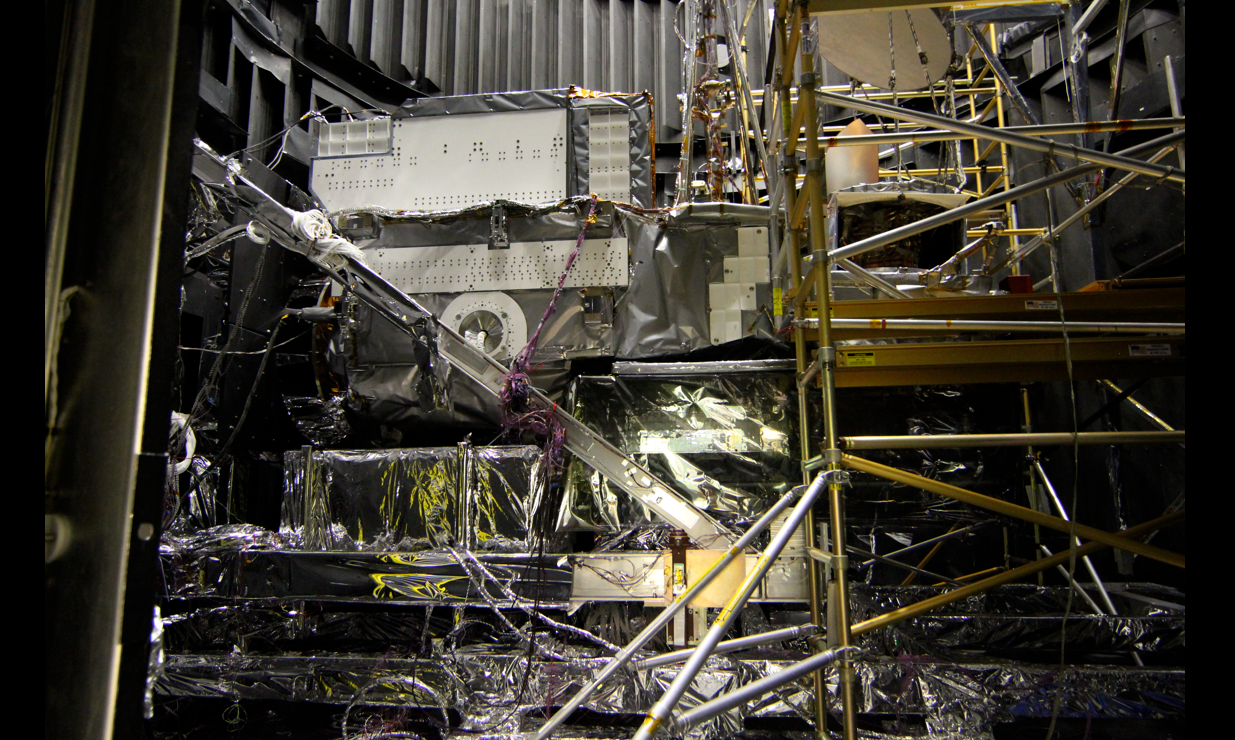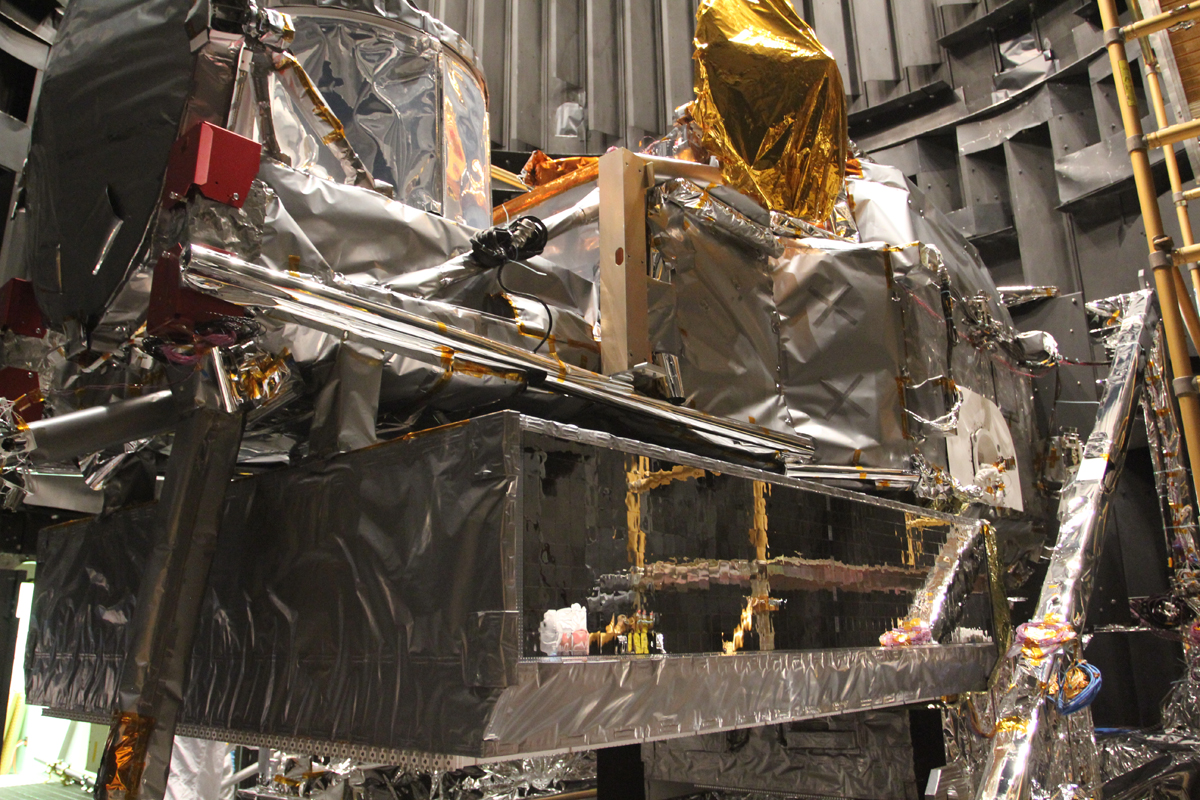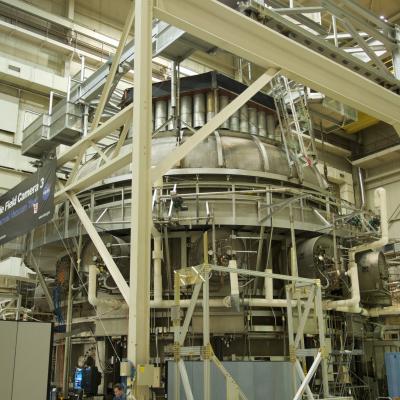Goddard Space Flight Center
Our Wet Wide World (GPM Overview)
As anyone who has ever been caught in a sudden and unexpected downpour knows, gaps still exist in our knowledge about the behavior and movement of precipitation, clouds and storms. An upcoming satellite mission from NASA and the Japanese Space Agency aims to fill in those gaps both in coverage and in scientists' understanding of precipitation.
GPM Preparing to Leave the Thermal Vacuum Chamber

GPM Completes Thermal Vacuum Testing
GPM Exits Thermal Vacuum Chamber
The GPM Core Observatory completed thermal vacuum testing at NASA's Goddard Space Flight Center in Greenbelt, Md. on Jan. 16, 2013. After twelve days to carefully remove the testing equipment, stow the High Gain Antenna and GPM Microwave Imager, and lift the spacecraft out of the thermal vacuum test chamber, the spacecraft was moved back to the clean room on Jan. 28.
Hurricane Sandy (2012), the TRMM Satellite, and the Physics of the Hot Towers - Interview on KVMR Radio (audio only)
Alan Stahler of community radio KVMR in Nevada City, California interviews NASA Goddard's Owen Kelley about hurricane physics, how TRMM measures precipitation, and the TRMM overflight of Hurricane Sandy one day before landfall. The 38-minute-long interview aired on the anniversary of the TRMM satellite's launch.
GPM Continues Environmental Testing
GPM Core Observatory Enters TVAC Chamber
On Tuesday Nov. 13, 2012, the GPM observatory moved from the clean room to the thermal vacuum chamber. The spacecraft, wrapped in protective blankets, made the short trip by crane across the testing facility where it was then lowered into the 40-foot test chamber.
Core Observatory Enters TVAC Chamber
GPM Core Observatory Entering Thermal Vacuum Chamber



